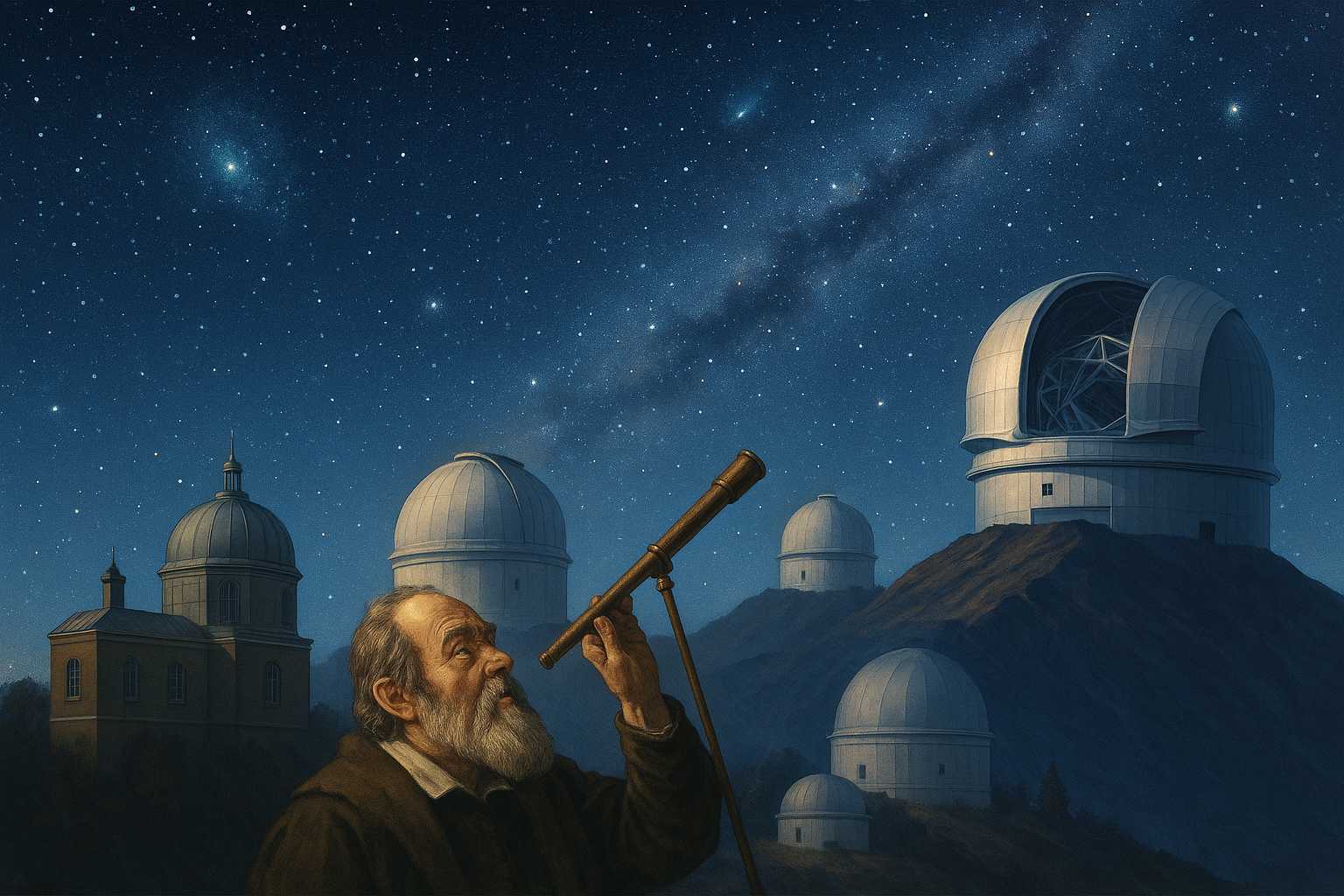Observatories have long stood as the sentinels of astronomical discovery, translating the faintest whispers of the cosmos into revelations about our universe. Since Galileo Galilei first pointed his small refracting telescope skyward in 1609, ground-based observatories have undergone a remarkable evolution, fueled by technological innovation and scientific curiosity.
The earliest observatories, such as the Royal Greenwich Observatory established in 1675, relied on simple optical telescopes that used glass lenses to magnify distant objects. With the advent of the reflecting telescope by Isaac Newton in the late 17th century, astronomers gained the ability to observe fainter objects and finer details, thanks to the superior light-gathering power of mirrors.
By the 20th century, observatories like Palomar and Mount Wilson in California pushed the limits of size with massive mirrors and domes, revealing spiral galaxies, expanding nebulae, and deepening humanity’s understanding of the cosmos. These sites were often chosen for their high elevation and dry climates, minimizing atmospheric distortion—a concept known as “seeing” in astronomical parlance.
The latter half of the 20th century and continuing today, innovation focused on shifting the boundaries of what’s possible from the ground. Adaptive optics, invented in the 1990s, allow modern telescopes to compensate for atmospheric turbulence in real time, enabling razor-sharp images that rival space-based instruments. The synergy of sophisticated instrumentation, such as spectrographs and high-resolution cameras, has expanded our toolkit for probing exoplanets, supernovae, and the dark matter halos enveloping galaxies.
Presently, we are on the cusp of an era defined by "extremely large telescopes" (ELTs), boasting mirrors up to 30 or even 40 meters in diameter. Notably, the Thirty Meter Telescope (TMT), under construction on Maunakea, Hawaii, promises to capture details previously beyond our reach, such as imaging exoplanets around nearby stars and peering into the dawn of galaxy formation.
Ground-based observatories’ history is one of continual adaptation—melding the best of human ingenuity with nature’s best locations to unveil the universe’s secrets. As we look to the future, terrestrial observatories will remain essential, complementing their orbiting cousins and ensuring that our eyes remain firmly fixed on the stars.
— Darlene


Leave a Reply